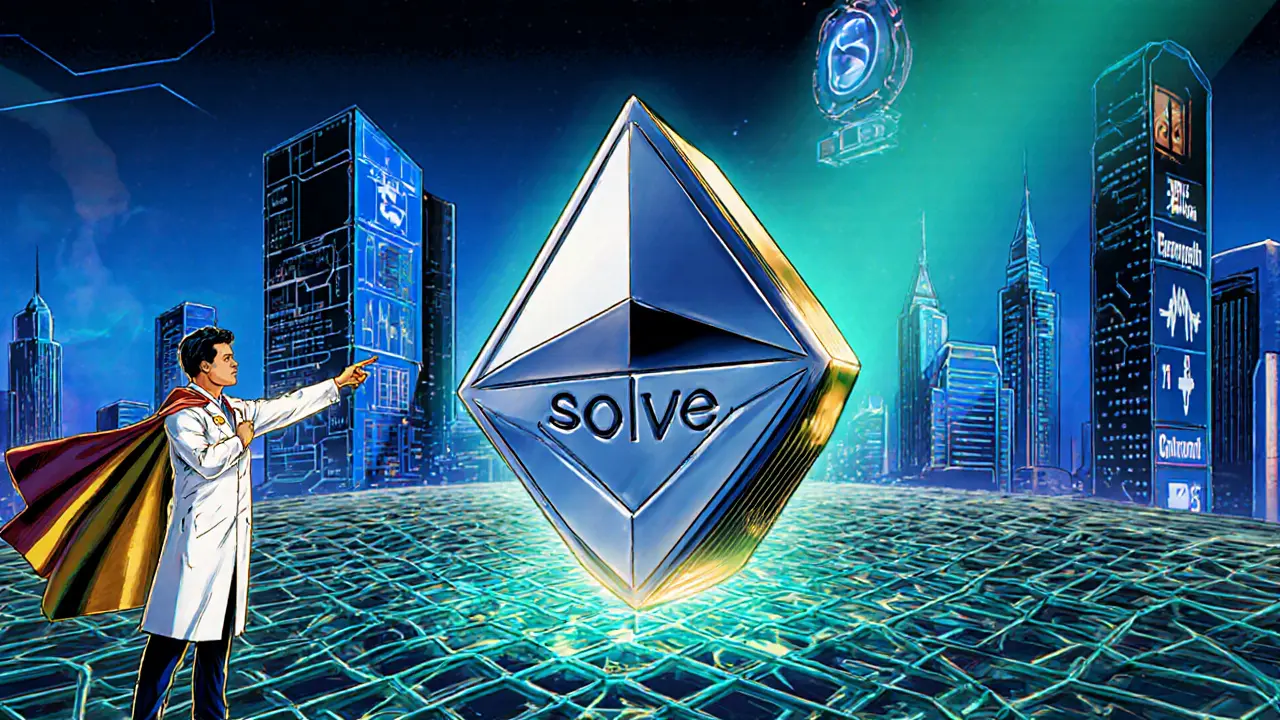Healthcare Blockchain
When working with Healthcare Blockchain, a decentralized ledger that secures and shares medical information. Also known as medical blockchain, it aims to give patients control over their records while reducing fraud and paperwork.
One of the biggest wins comes from protecting patient data, sensitive health records stored on a tamper‑proof network. By encrypting each entry, the system makes unauthorized changes practically impossible – a clear example of how healthcare blockchain enhances data security. Smart contracts, self‑executing code that triggers actions when conditions are met automate consent management, insurance payouts, and clinical trial workflows, cutting down manual work. Interoperability, the ability of different health systems to exchange data seamlessly improves when every participant speaks the same blockchain language, reducing duplicate tests and speeding up treatment decisions. Finally, regulatory compliance, adhering to health privacy laws like HIPAA or GDPR using auditable records is built‑in, because every transaction leaves an immutable trail that auditors can verify.
Why It Matters Today
The triple connection between security, automation, and compliance means that healthcare providers can focus on care instead of paperwork. Researchers can share data without fear of leaks, insurers can process claims instantly, and patients finally own the keys to their own health history. As more pilots launch worldwide, the ecosystem is expanding beyond pilots to real‑world deployments, showing that blockchain isn’t just hype – it’s becoming a practical tool for the medical field.
Below you’ll find a curated set of articles, guides, and analyses that dig deeper into each of these topics, from technical how‑tos to regulatory overviews, giving you the practical insights you need to navigate the evolving world of healthcare blockchain.




